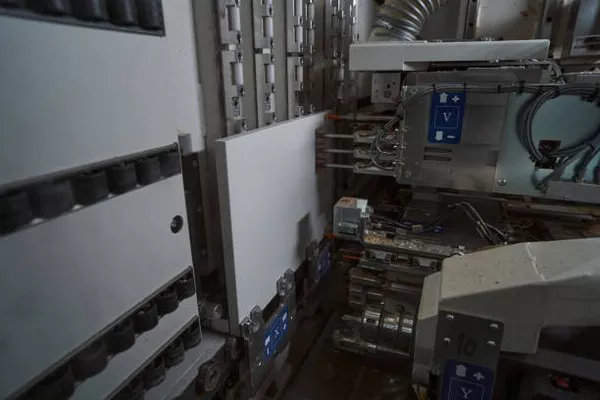Central air conditioning systems are essential for maintaining comfortable indoor temperatures, especially during hot and humid months. However, power outages can disrupt the functionality of these systems, leading to discomfort and potential damage. To mitigate such situations, homeowners often turn to backup generators. Selecting the appropriate generator size for a central air conditioning unit is a critical decision that requires careful consideration of various factors. In this article, we will delve into the key considerations for determining the right generator size to ensure the seamless operation of central AC systems during power outages.
The Importance of Generator Sizing
One of the fundamental principles when it comes to generators is ensuring that the generator’s capacity matches the electrical load it needs to support. An undersized generator may fail to provide enough power, leading to system breakdowns and potential damage due to unstable voltage or insufficient current. On the other hand, an oversized generator can lead to inefficiency and unnecessary fuel consumption, resulting in higher operational costs.
Calculating the Load
The first step in choosing the right generator size for a central air conditioning system is calculating the load it will need to support. The load calculation involves determining the total electrical consumption of the AC unit, along with any other essential appliances that will be powered during an outage.
1. Central AC Load:
The primary consideration is the central AC unit’s power consumption, which is measured in watts or kilowatts. This information is typically available on the AC unit’s nameplate or in the manufacturer’s specifications. Make sure to use the running wattage, not the startup wattage, as central AC units often draw more power during startup but stabilize at a lower running wattage.
2. Additional Loads:
Consider any other appliances or devices that will need to be powered during an outage, such as lights, refrigerators, and essential electronics. List their wattages and add them to the total load.
3. Starting Surge:
Keep in mind that certain appliances, including central AC units, require a higher initial power surge during startup. This surge can be significantly higher than the unit’s running wattage. Consult the manufacturer’s specifications or use a general rule of thumb (often 1.5 to 2 times the running wattage) to estimate the surge wattage.
Generator Sizing Calculation
Once you have gathered the necessary load information, you can use it to determine the appropriate generator size. Here’s a basic formula to guide you:
Total Load = Central AC Running Wattage + Additional Loads + Starting Surge
Choose a generator with a capacity that is slightly higher than the total load to ensure sufficient power supply. It’s recommended to have a buffer of around 10-20% to accommodate any unforeseen variations in load.
Types of Generators
There are two main types of generators commonly used as backup power sources for central AC systems: portable generators and standby generators.
Portable Generators:
These generators are versatile and can be moved around as needed. They are available in various sizes and power outputs, making them suitable for a range of applications. However, when choosing a portable generator, ensure it has the required wattage capacity and appropriate outlets to support your central AC unit and other essential devices.
Standby Generators:
Standby generators are permanently installed and are designed to automatically kick in when there’s a power outage. They are connected to the home’s electrical system and can provide a seamless power supply. Standby generators are often better suited for larger homes or those with higher power demands, as they can support heavier loads.
Other Considerations
Beyond load calculations and generator types, several additional factors should influence your generator size decision:
Fuel Type: Generators can run on various fuels, including gasoline, diesel, natural gas, and propane. Choose a fuel type that is readily available and convenient for your situation.
Run Time: Consider how long you expect power outages to last in your area. Ensure the generator’s fuel capacity can sustain the load for the expected duration.
Noise Level: Generators can be noisy, so think about the generator’s noise level, especially if it’s placed near living spaces or neighbors.
Budget: Generator size and type will impact the cost. While it’s important to choose an appropriately sized generator, it’s also crucial to find one that fits within your budget.
Consulting Professionals
While these guidelines provide a solid foundation for selecting the right generator size for your central AC system, it’s wise to consult with professionals before making a final decision. Electricians or HVAC experts can provide valuable insights and recommendations based on your specific needs and circumstances.
In conclusion
choosing the right generator size for a central air conditioning system is a vital step in ensuring comfort and safety during power outages. By accurately calculating the load, considering the generator type, and factoring in various other considerations, homeowners can make an informed decision that leads to a reliable backup power solution. Investing the time and effort into choosing the appropriate generator size will ultimately provide peace of mind and uninterrupted comfort when it’s needed most.

